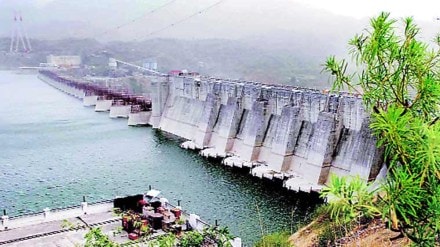With the monsoon gaining pace in recent weeks, water tables in India’s key reservoirs have improved. As against 8% below the last year’s record-high a two weeks ago, the overall water levels in the 143 reservoirs were only 4% below the year-ago level on Thursday.
However, water tables at the 40 reservoirs in southern regions have remained 18% below the last year’s level mainly because of deficient rainfall so far in Karnataka, Kerala, Tamil Nadu, Andhra Pradesh and Telangana. .
According to the Central Water Commission (CWC), water level of the country’s 143 reservoirs stood at 51.06 billion cubic meters (bcm) on Thursday, which is 29% of their combined capacity. Currently 64 reservoirs have more water than last year and 71 dams have more water than average of last decade.
“The number of reservoirs having storage equal to last year is 11 and having storage less than last 10 years average is 9,” according to CWC statement. The number of reservoirs having storage less than last year are 32 and having storage less than last 10 years are 27.
A year ago, the water available in these reservoirs was 52.97 bcm, and the average of the last 10 years was 46.50 bcm. “Current water level of reservoirs was 96% of the live storage of the corresponding period of last year and 110% of storage of the average of the last 10 years,” the CWC stated.
Water levels in major dams in eastern regions especially in West Bengal, Bihar, Jharkhand and Odisha, have been 3% above last year’s level however 3% less that last 10 year-average level. In these states, a large segment of the crop area is still rainfed.
West Bengal, the biggest rice producing state in the country, has irrigation coverage of only 51%, which may be impacted if monsoon rains become deficient.
Because of surplus rainfall in northern states, 10 reservoirs of Himachal Pradesh, Punjab and Rajasthan have 22% more rainfall than last year and 14% above the average of last decade.
